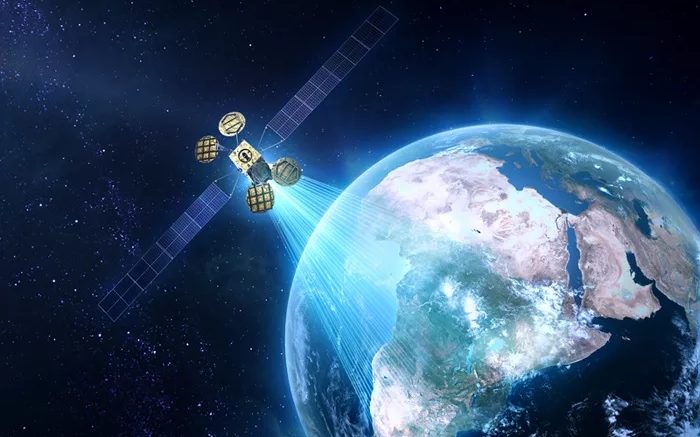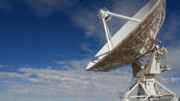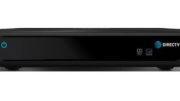DIRECTV’s satellites broadcast in the Ka band, which is 26-40 gigahertz. That’s a pretty high range. Regular old TV is in the 50-700 megahertz range, and 26 gigahertz is 26,000 megahertz. Now, it takes a lot more than a big number to impress you, I get that. Keep in mind that it takes more power to broadcast at a higher frequency, and it takes more power to broadcast from a further distance. Now keep in mind that all the power for communications satellites comes from the sun, and it’s pretty amazing that the satellites that DISH and DIRECTV have are capable of sending a super-high-frequency signal to a tiny dish 22,000 miles away.
But… why?
The biggest reason that satellite broadcasting uses these high frequencies is because they’re available. It takes a lot of bandwidth to send hundreds of channels of video, and by the time satellite TV was invented in the 1990s, the broadcast spectrum was already full of all sorts of other forms of communication like over-the-air TV, cell phones, radio, and just about every form of communication between government agencies. These high frequency ranges hadn’t been explored because it really hadn’t been possible to use them in the past. I found no commercial applications of these frequencies prior to the 1990s and it makes me think that it just wasn’t commercially viable to use them before then.
Satellite TV frequencies, known as the Ku and Ka bands, have some “magic” properties. They aren’t as easily dispersed or bounced in the upper atmosphere compared to regular VHF and UHF, meaning that much smaller antennas are needed to get good signal. They focus more effectively, meaning that a satellite dish pointed properly is going to reject signals from adjacent satellites. That might be annoying to DIYers who are trying to aim a dish for the first time, but it’s actually a good thing because it means more satellites in the sky can share the same frequencies.
On the other hand, as many people have no doubt noticed, satellite TV signals are more sensitive to dispersion when it rains, compared to over-the-air TV. This is a characteristic of the frequencies satellite TV uses. On a big chart of radio frequencies, satellite ones are closest to visible light. Of course visible light is also scattered by rain (as you have also noticed on literally every rainy day.) DIRECTV’s Ka band, used for HD, is more sensitive to rain fade than the Ku band used by other providers. My research says it’s because it’s higher in frequency, closer to visible light.
Why use the Ka band then?
If Ka band broadcasting is worse than Ku band, why does DIRECTV use it? The answer is simple. DIRECTV has an exclusive right to use those Ka band frequencies all over the western hemisphere. That means virtually unlimited ability to carry as many channels as they want. They don’t have to worry about running out of broadcast space. It’s why DIRECTV can operate its fleet in the center of the country . By contrast, DISH needs two satellite fleets at the edges of the country. DIRECTV is the only one using those frequencies for satellite TV and there’s no competition.
Get the DIRECTV accessories you need
Whether you’re an installer or a high-end DIYer, you can find all the DIRECTV accessories you could want. Not only that, you’ll get the best prices… all at one place! Shop at Solid Signal now for the same parts the professionals use!





